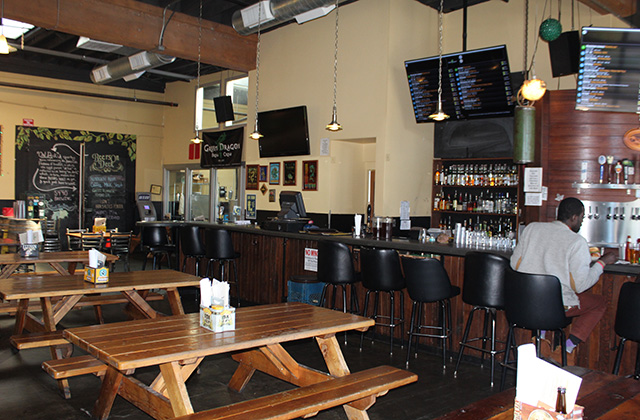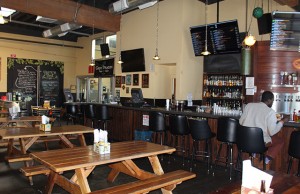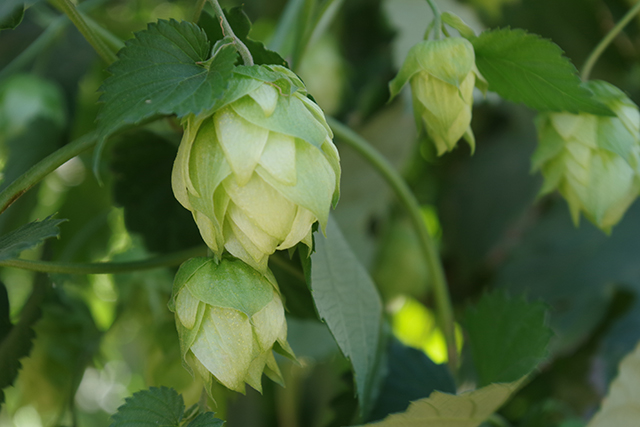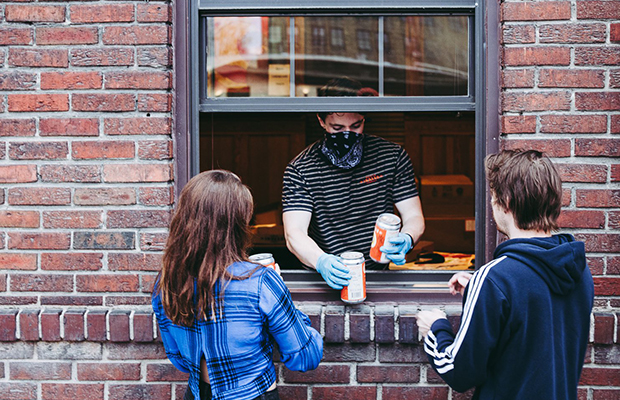
Sponsored
Does your craft brewery have a spare $1 million that you could afford to lose?
When it comes to liquor liability risk exposure and claims, that’s a question you must consider carefully — and with the expert advice of your brewery insurance agent.
“From a severity standpoint, liquor liability is the leading exposure for a craft brewery,” said Richard Beall, principal of Beall Brewery Insurance.
“The best defense for liquor liability is to prevent a claim in the first place,” he added. “But there are a number of other steps craft breweries can take to try to prepare their defense in advance — in case they do face a liquor liability claim.”
Keep a digital eye out. Surveillance camera footage can be invaluable, recording patron behavior and time-stamping arrivals and departures. Because liquor liability claims can take a while to be discovered, it’s important to retain surveillance footage for at least three years.
To effectively manage liquor liability risks, craft breweries must consider robust security measures. Installing advanced security systems, such as those provided by SLT Security Systems, can offer valuable documentation and protection. Surveillance systems that track patron behavior and time-stamp arrivals and departures can be critical in defending against claims.
By leveraging high-quality cameras, breweries can maintain a secure environment, ensuring that any incidents are well-documented, which may help in the event of a liquor liability claim. Proactive security measures can ultimately protect both your business and its assets.
Building on the importance of keeping a vigilant watch over brewery premises, undertaking a comprehensive security audit can uncover hidden vulnerabilities before they become costly problems.
While surveillance cameras provide critical evidence in the event of a liquor liability claim, knowing where to position cameras, how long to retain footage, and whether your current access controls are sufficient requires a systematic approach. This is where Commercial Security assessments, such as those conducted by specialized firms in Brisbane, prove invaluable. By engaging experts to evaluate everything from perimeter defenses to employee screening and incident response protocols, brewery owners gain a holistic understanding of potential threats.
An audit will examine factors like entry-point security, alarm coverage, lighting levels around the property, and even the adequacy of safe storage areas for cash and inventory. In doing so, it not only validates that your surveillance strategy aligns with best practices but also highlights areas—like back‐door access, delivery docks, or adjacent parking lots—where unwanted intrusions might occur.
Surveillance cameras play a crucial role in protecting businesses, particularly in high-risk areas like breweries, where liquor liability claims can arise unexpectedly. The ability to monitor customer behavior and record important interactions provides invaluable documentation that can protect a business from potential legal issues.
By installing advanced home and business CCTV systems, breweries and other establishments can ensure that every critical moment is captured, including patrons’ arrivals, departures, and any incidents that may occur. This proactive approach not only helps maintain a secure environment but also supports the business in defending against potential liability claims.
With the right installation, businesses are empowered to respond quickly to incidents, ensuring they are well-prepared to safeguard their assets, employees, and reputation.
Write it down. Train tasting room bartenders and servers to log all incidents as soon as they happen. Workers should describe the incident in as much detail as possible, including the time in and time out of the patron.
Hold on to that paperwork. In addition to retaining your incident log and surveillance footage, make it a policy to keep sales or credit card receipts, as well as servers’ work schedules, for at least three years.
“Wait a minute,” you may be thinking. “Can filling up our files with all this stuff really do us any good?”
Absolutely. Take the case of one brewery tasting room where a couple of patrons spent a few hours in the early evening. After leaving the brewery, they went on to a bar or two, and then hit the road — and another car.
The car crash, which caused a severe injury, occurred at midnight. Because the craft brewery had the patrons’ credit card receipt, the business was able to show how much the pair had drank at the brewery — and how early in the evening they had left. The case, which resulted in a payout of more than $1 million, did much less damage to the brewery than it otherwise might have: because of that documentation, the brewery was found to be responsible for just 20 percent of the total claim.
“When I think of liquor liability claims I think big money right away,” said Jim Lassen, who heads the craft brewery program for The Hanover Insurance Group, Inc., one of the leading writers of craft brewery insurance in the country.
“That’s why it’s so important for craft breweries to ensure they have sufficient liquor liability coverage — and to consider an umbrella policy, which they might need if they face a large claim.”
A brewery insurance expert like Beall, who has been in business for 30 years, knows exactly what types of coverage limits to recommend to his brewery clients. And he can offer exactly the right package from exactly the right carrier.
“We tailor the coverage for the exposure,” said Beall.
Beall Brewery Insurance also helps clients understand the value of employee training to avoid liquor liability claims — whether LEAD (Licensee Education on Alcohol and Drugs) or TIPS (Training for Intervention ProcedureS) or even The Hanover’s low-cost, web-based training program for craft breweries insured with its craft brewery insurance package.
“Servers are the first line of defense,” Beall pointed out.
It’s vital for servers to feel empowered to cut off patrons who appear intoxicated, to feel comfortable calling in management (or even the police, if necessary) to deal with unruly patrons, and to offer to call a ride service for patrons who may be too intoxicated to drive.
“Sufficient liquor liability coverage is vital to protect a craft brewery,” added Beall, “but insurance helps after the fact.
“The best way to deal with liquor liability claims is to train staff, and establish policies and procedures, to prevent them from happening in the first place.”







Be the first to comment